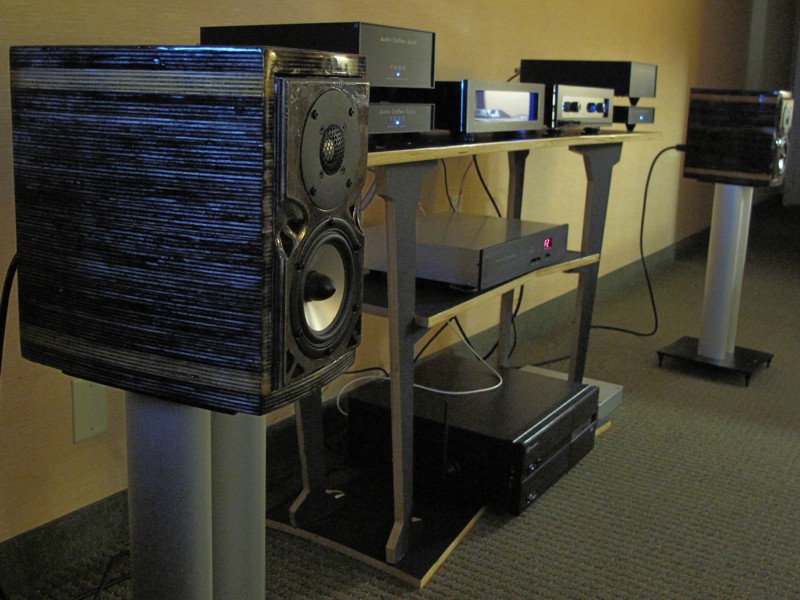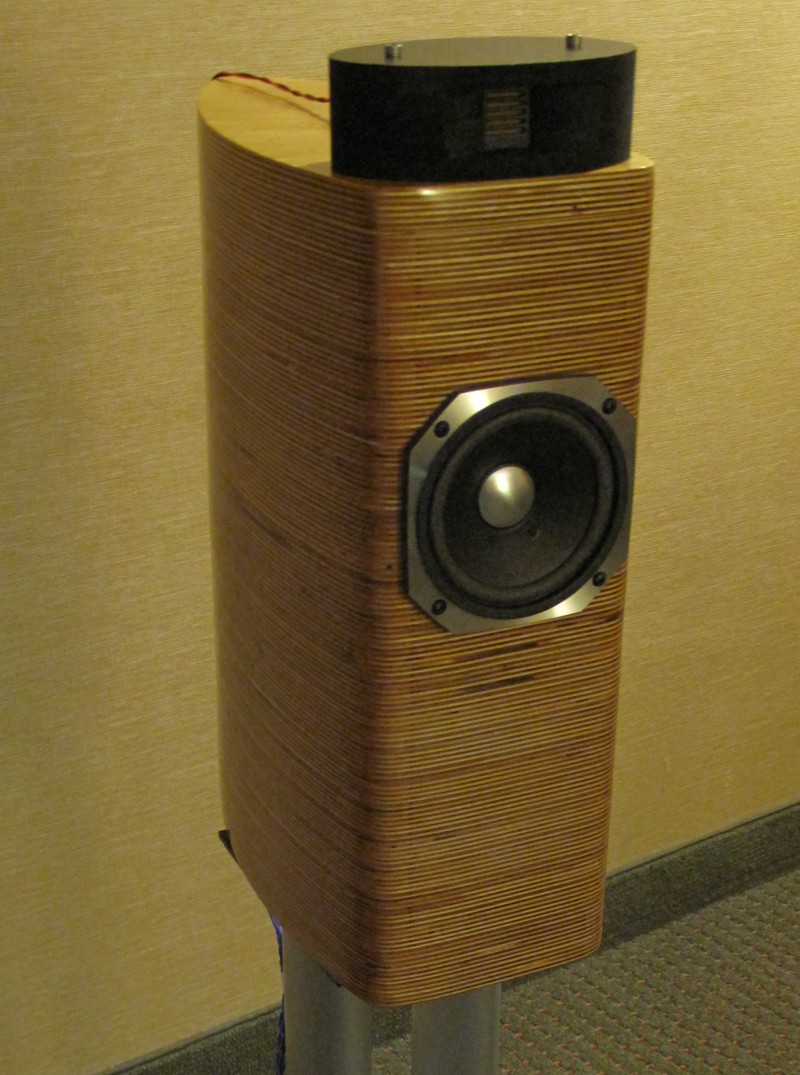Hi,
building my 1st set of speakers and The Uluwatu caught my eye. But I would like build it with a twist as I own a CNC machine.
1" plywood is the weapon of choice and I've been experimenting with some translam designs (while keeping the front dimensions and the volume the same). Presuming the square design is the worst one (but easiest to build) what's the right way to go? I've quickly sketched these:

Any ideas?
building my 1st set of speakers and The Uluwatu caught my eye. But I would like build it with a twist as I own a CNC machine.
1" plywood is the weapon of choice and I've been experimenting with some translam designs (while keeping the front dimensions and the volume the same). Presuming the square design is the worst one (but easiest to build) what's the right way to go? I've quickly sketched these:
Any ideas?


 Although I'm still a bit uncertain about the general shape.
Although I'm still a bit uncertain about the general shape.


Comment